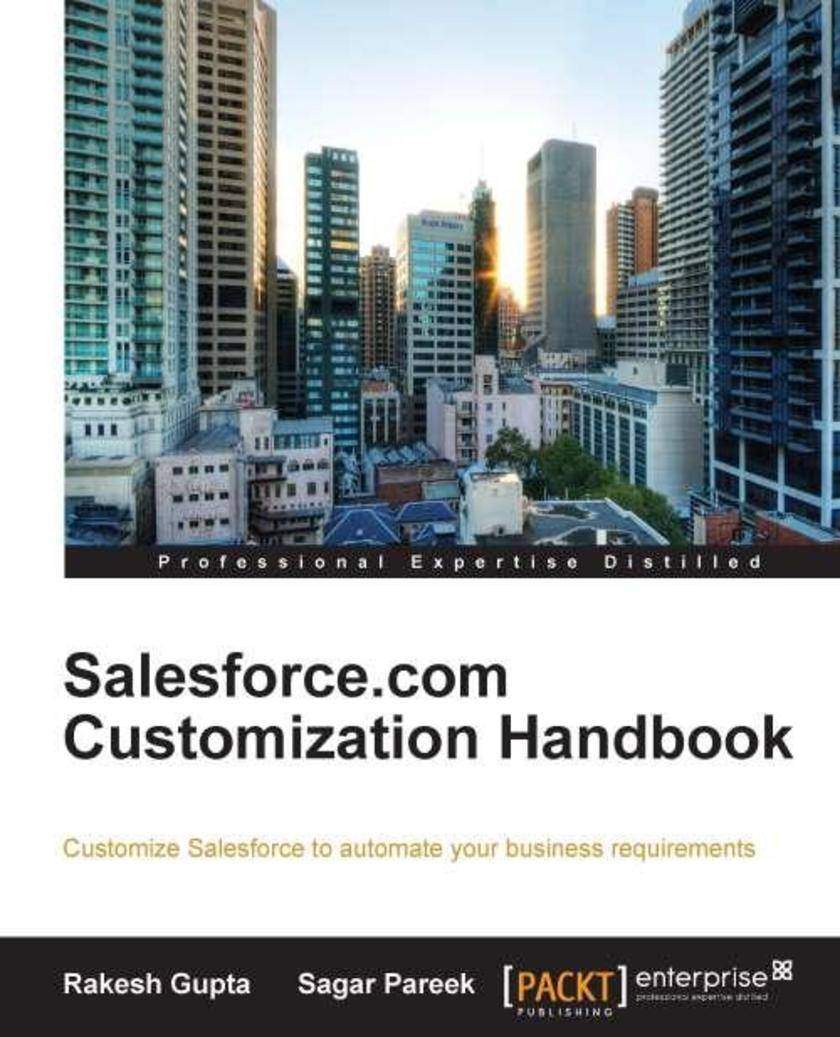
Salesforce.com Customization Handbook
¥90.46
If you want to use Salesforce CRM to automate your business requirements, or you have already adopted Salesforce CRM and want to streamline the sales process, this book is for you. Whether you are new to Salesforce or a seasoned expert, you will be able to master the basic functions as well as the advanced features of Salesforce.com. No previous experience in computer coding or programming is required.
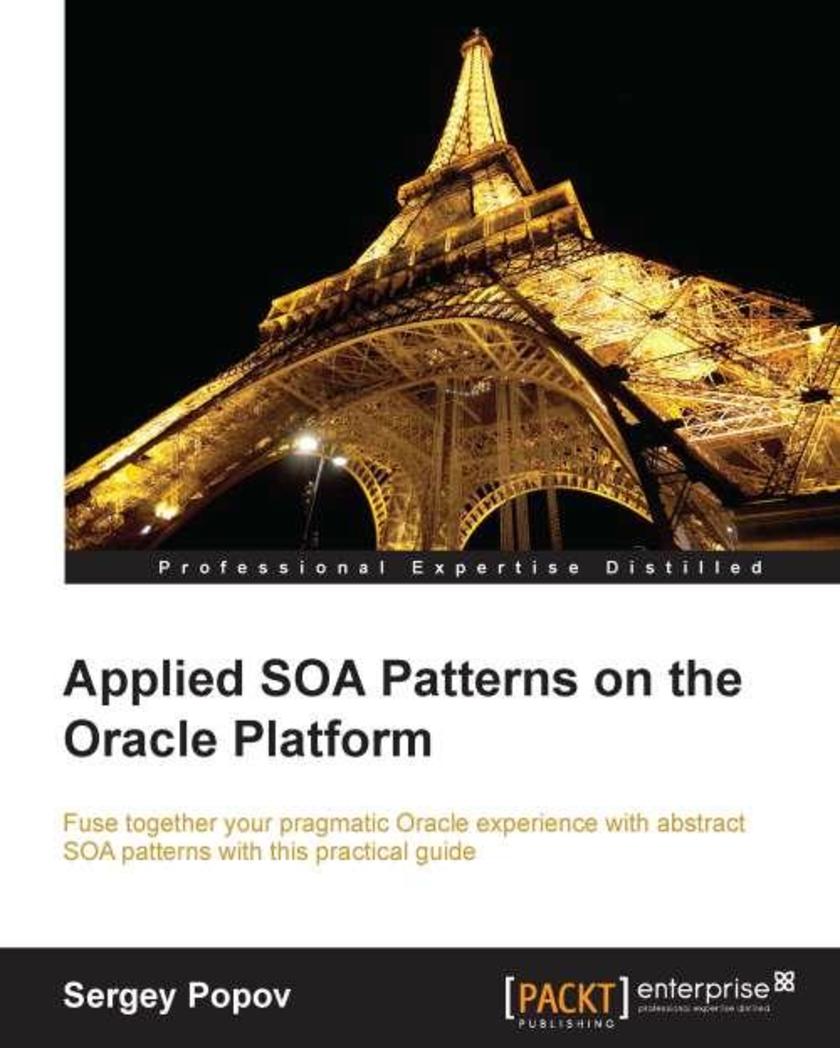
Applied SOA Patterns on the Oracle Platform
¥107.90
Applied SOA Patterns on the Oracle Platform is aimed at architects practicing SOA or traditional integration, and also at technical team leaders implementing Oracle Fusion under SCRUM or WF methodology.
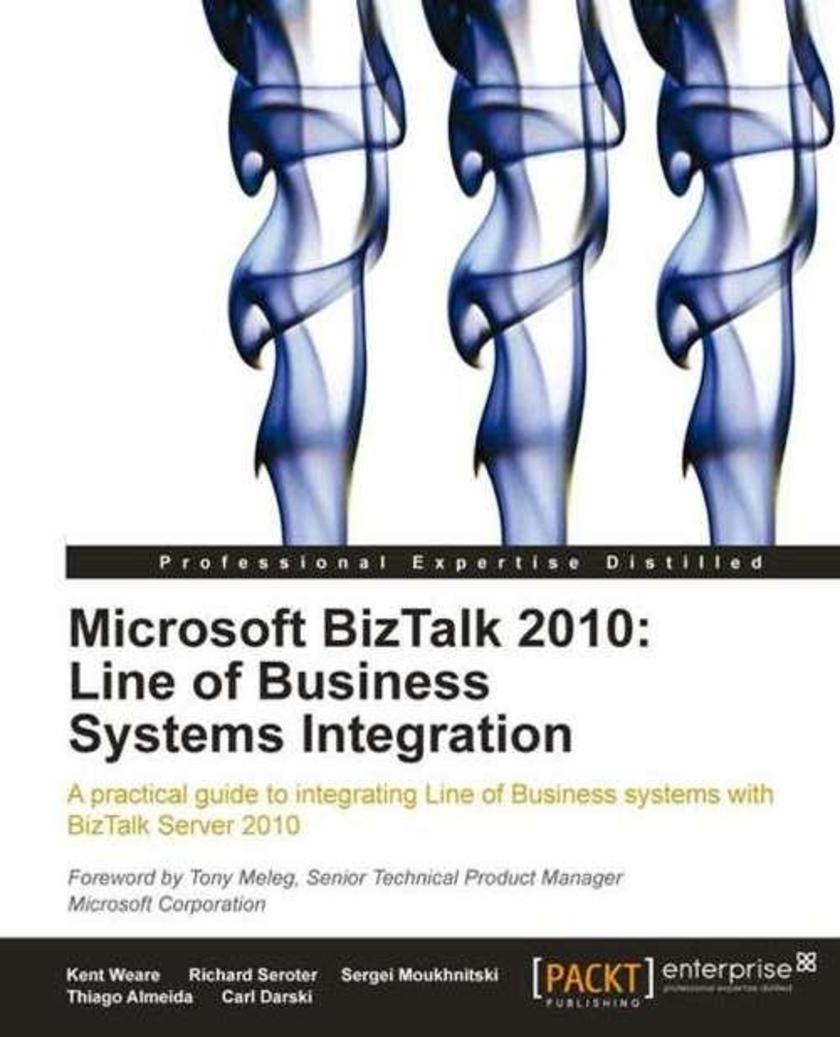
Microsoft BizTalk 2010: Line of Business Systems Integration
¥107.90
This book focuses on Microsoft BizTalk 2010; however, most of the concepts and explanations will apply to BizTalk 2006 R2 and BizTalk 2009. If you are an experienced BizTalk developer who wants to integrate BizTalk with Line of Business systems using practical scenarios, then this book is for you. A solid understanding of BizTalk at an intermediate level is required. This book assumes developers are comfortable creating schemas, maps, orchestrations, ports and messages in Visual Studio and configuring applications in the BizTalk Administration Console. However, experience in integrating with Line of Business systems is not necessarily required.

Mastering Manga Studio 5
¥80.65
Mastering Manga Studio 5 will follow an explanatory, work through manual approach. The main features of Manga will be presented in each section along with exciting tips, vital techniques and impressive workflows.This book is for those who already have some Manga Studio and graphics program experience. It is not a beginner's guide, but if you are a novice Manga Studio 5 user it will help you to master the time-saving features of the software.
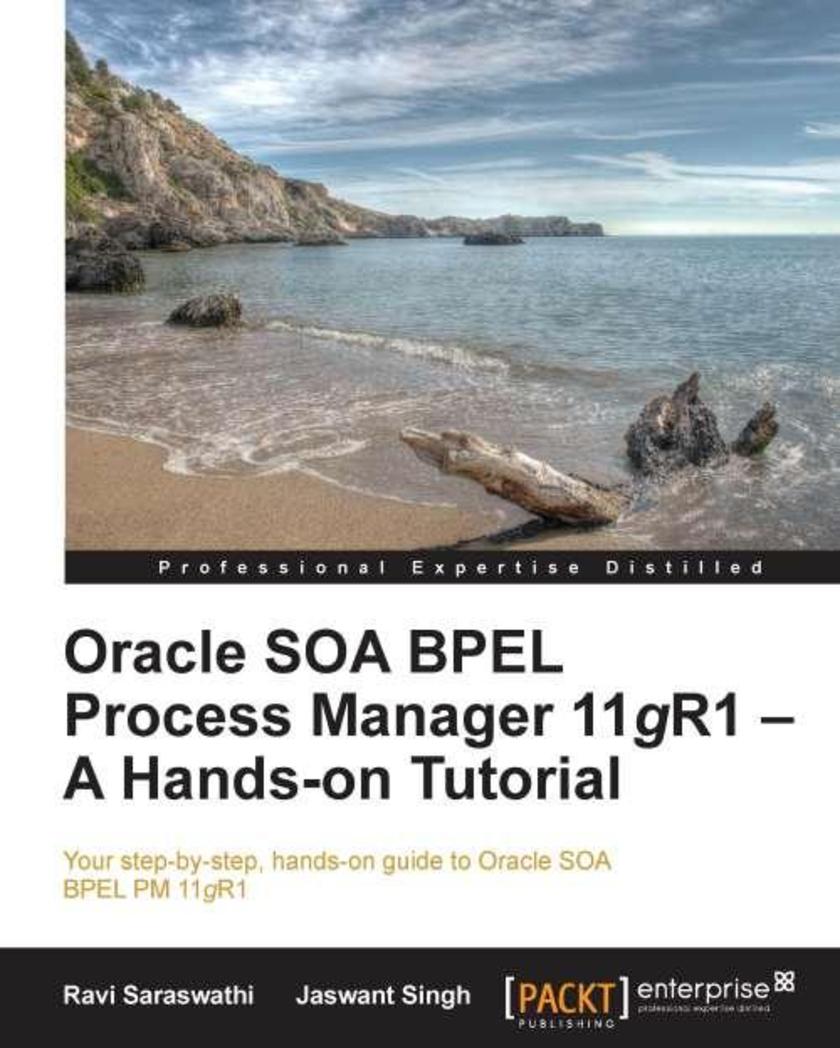
Oracle SOA BPEL Process Manager 11gR1 – A Hands-on Tutorial
¥99.18
This hands-on, example-driven guide is a practical getting started tutorial with plenty of step-by-step instructions for beginner to intermediate level readers working with BPEL PM in Oracle SOA SuiteWritten for SOA developers, administrators, architects, and engineers who want to get started with Oracle BPEL PM 11g. No previous experience with BPEL PM is required, but an understanding of SOA and web services is assumed
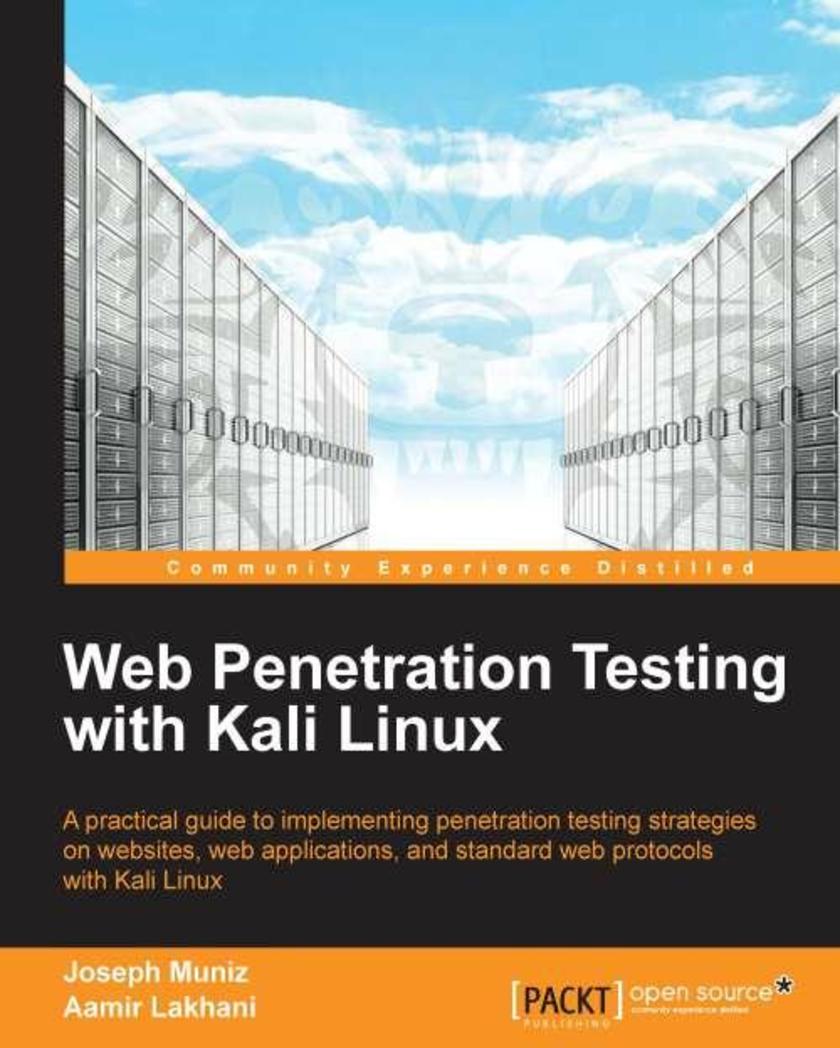
Web Penetration Testing with Kali Linux
¥90.46
Web Penetration Testing with Kali Linux contains various penetration testing methods using BackTrack that will be used by the reader. It contains clear step-by-step instructions with lot of screenshots. It is written in an easy to understand language which will further simplify the understanding for the user."Web Penetration Testing with Kali Linux" is ideal for anyone who is interested in learning how to become a penetration tester. It will also help the users who are new to Kali Linux and want to learn the features and differences in Kali versus Backtrack, and seasoned penetration testers who may need a refresher or reference on new tools and techniques. Basic familiarity with web-based programming languages such as PHP, JavaScript and MySQL will also prove helpful.
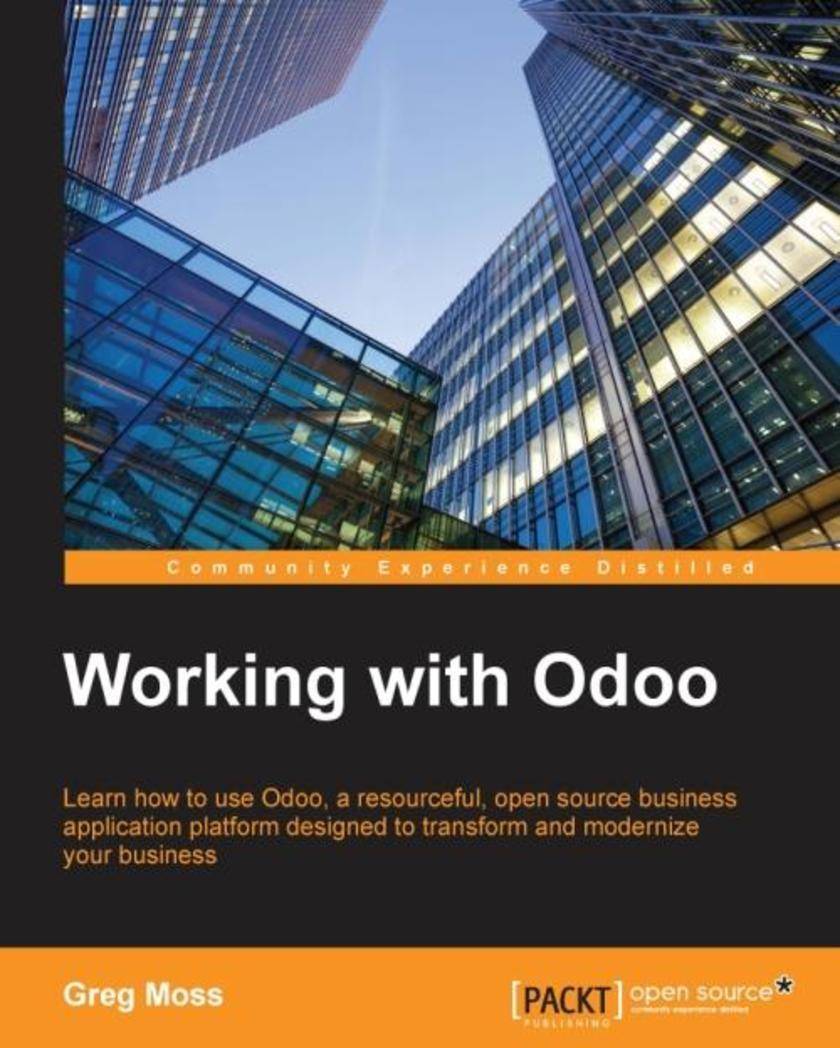
Working with Odoo
¥99.18
This book is perfect for people who have never used Odoo and for those who would like to learn about more advanced concepts of Odoo. In order to get the most out of this book, you should be comfortable with understanding basic business concepts such as sales, purchasing, inventory management, and basic accounting.
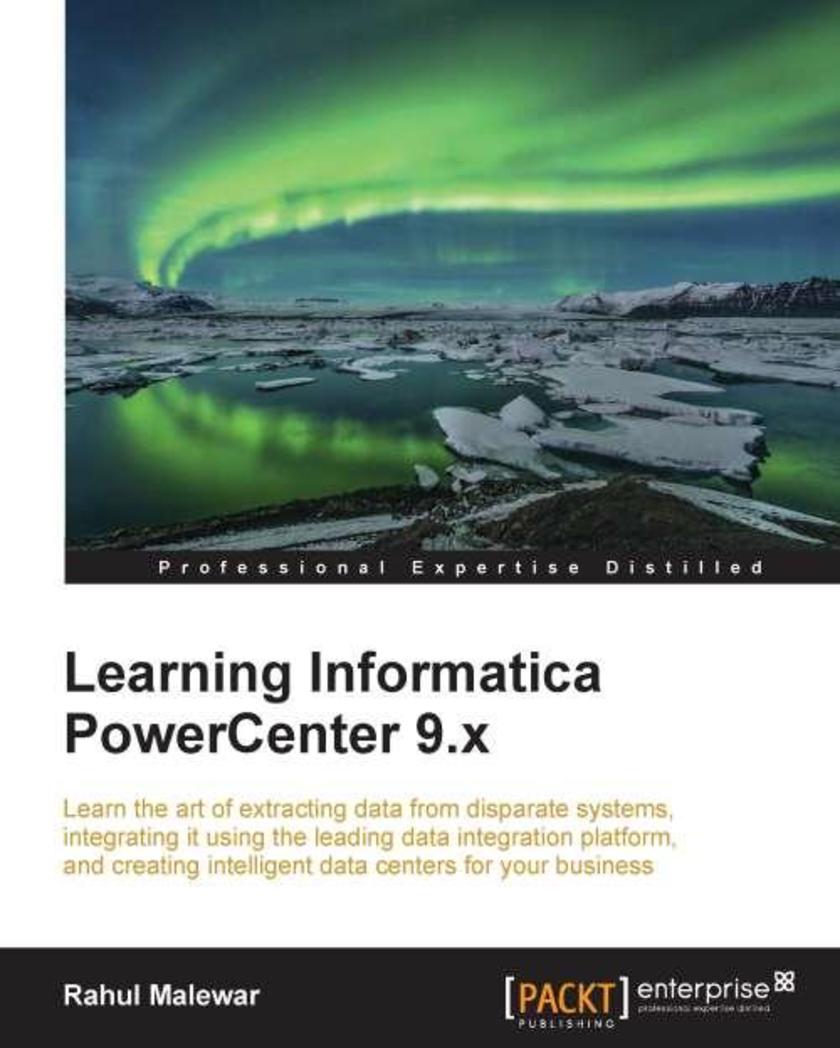
Learning Informatica PowerCenter 9.x
¥80.65
If you wish to deploy Informatica in enterprise environments and make a career in data warehousing, then this book is for you. Whether you are a developer who's new to Informatica or an experienced professional, you will learn all the features of Informatica. Basic knowledge of programming and data warehouse concepts is essential.
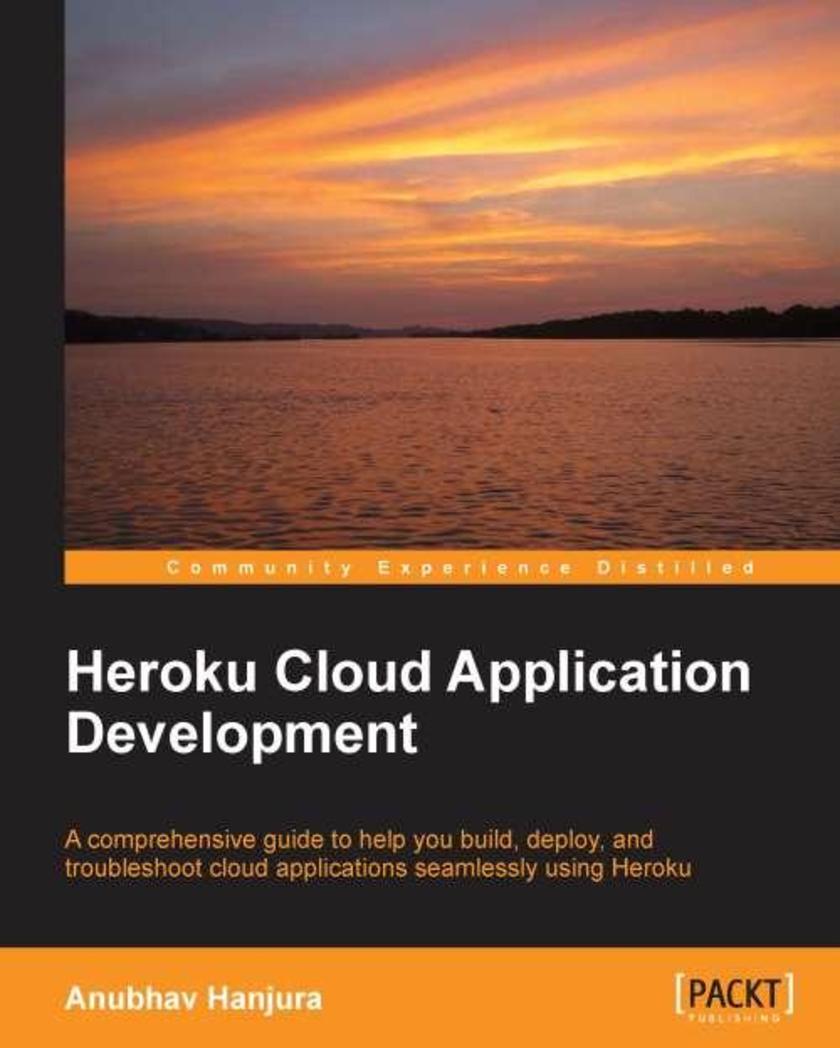
Heroku Cloud Application Development
¥99.18
An easytofollow, handson guide that clearly explains the various components of the Heroku platform and provides stepbystep guidance as well as numerous examples on how to build and troubleshoot robust and scalable productionready web applications on the Heroku platform. This book is intended for those who want to learn Heroku the right way. Perhaps you are new to Heroku or are someone who has heard about Heroku but have not built anything significant with it. You should have knowledge or familiarity with cloud computing and basic knowledge of database and network deployment.
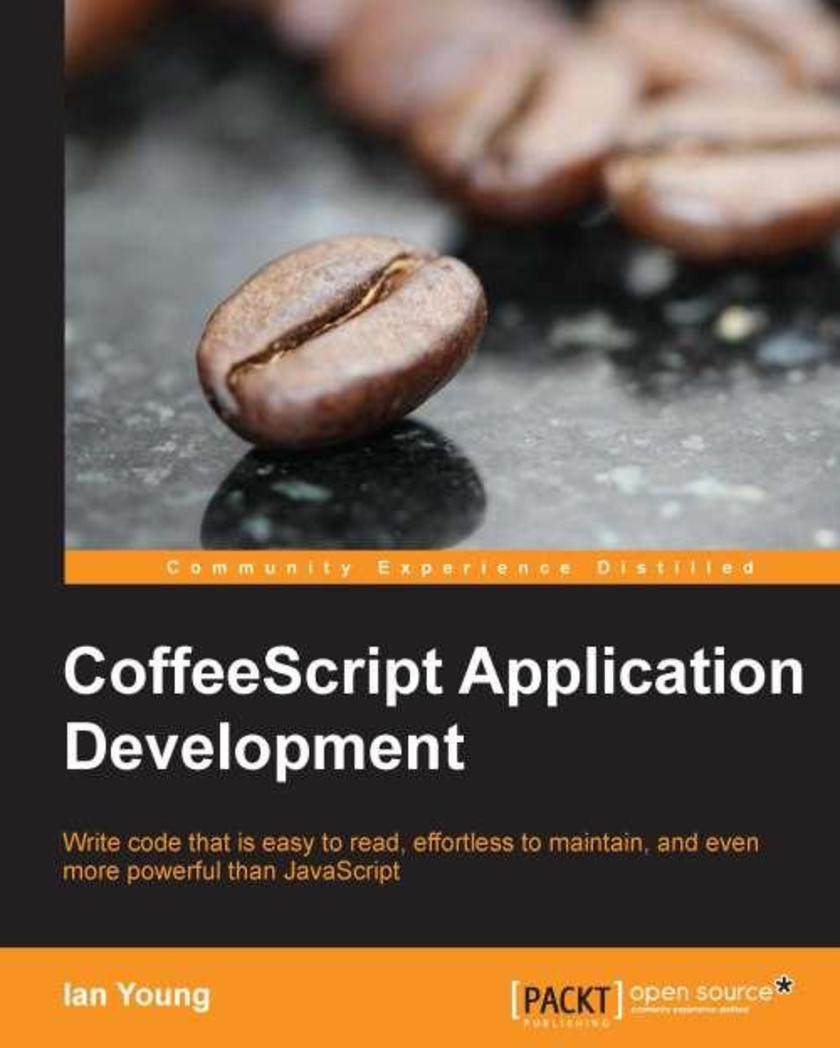
CoffeeScript Application Development
¥80.65
CoffeeScript Application Development is a practical, hands-on guide with step-by-step instructions. Follow the smooth and easy tutorial approach, covering examples that build in complexity. By the final chapter you'll be wondering why you didn't try CoffeeScript sooner.If you are a JavaScript developer who wants to save time and add power to your code, then this is the book that will help you do it. With minimal fuss you will learn a whole new language which will reduce your application development time from weeks to days.
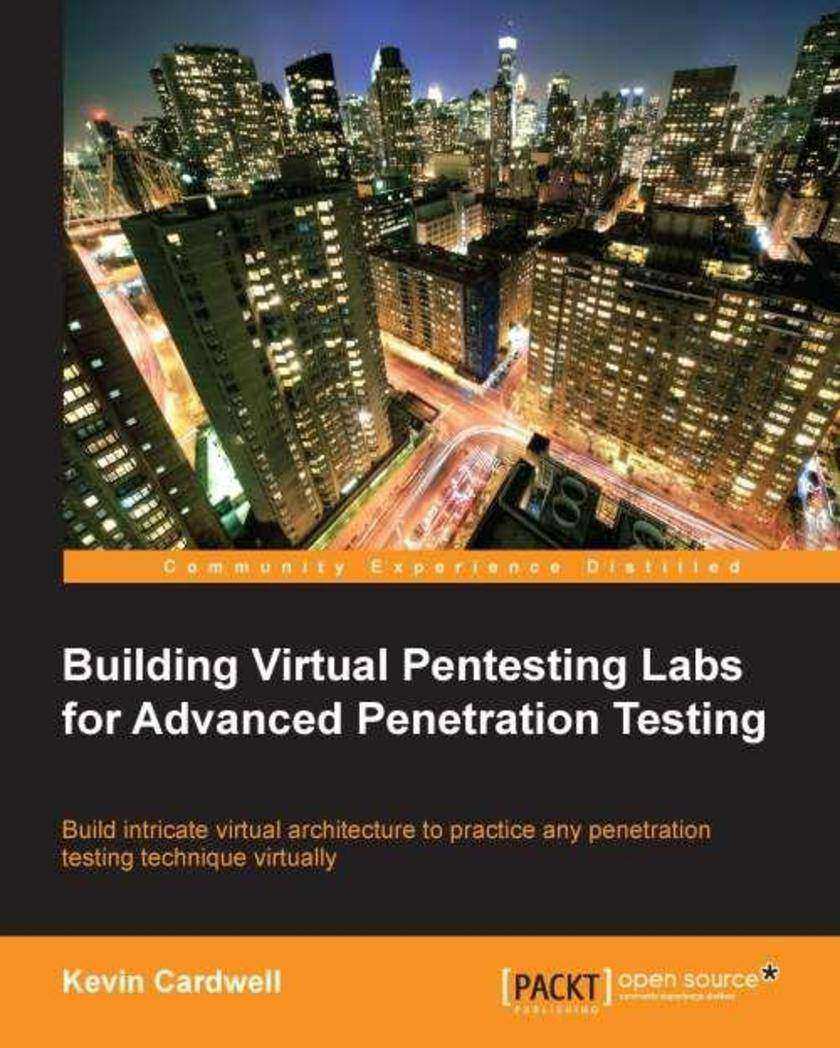
Building Virtual Pentesting Labs for Advanced Penetration Testing
¥107.90
Written in an easy-to-follow approach using hands-on examples, this book helps you create virtual environments for advanced penetration testing, enabling you to build a multi-layered architecture to include firewalls, IDS/IPS, web application firewalls, and endpoint protection, which is essential in the penetration testing world.If you are a penetration tester, security consultant, security test engineer, or analyst who wants to practice and perfect penetration testing skills by building virtual pentesting labs in varying industry scenarios, this is the book for you. This book is ideal if you want to build and enhance your existing pentesting methods and skills. Basic knowledge of network security features is expected along with web application testing experience.
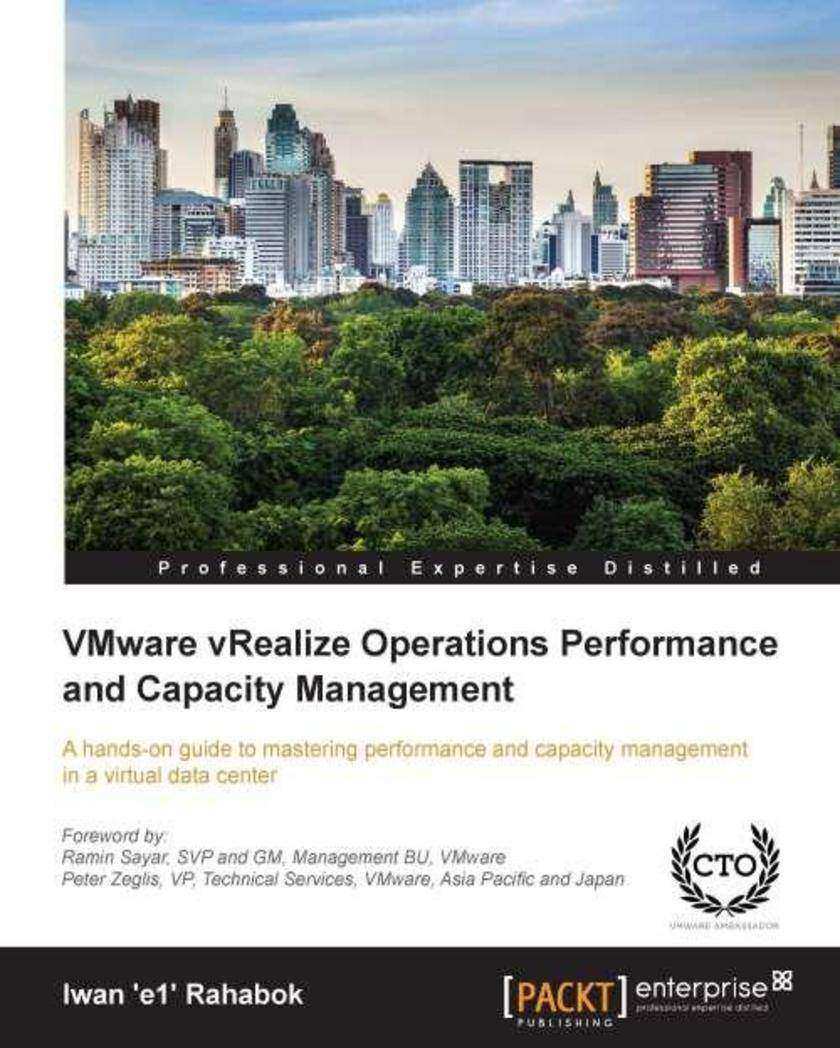
VMware vRealize Operations Performance and Capacity Management
¥80.65
If you are an IT professional who is interested in performance management and capacity management in a virtual data center, then this book is ideal for you. The book is an intermediate-level book.

Learning Anime Studio
¥80.65
Written in an easy to follow manner with practical exercises, this book takes you through every aspect of Anime Studio, guiding you to create your own original cartoon. Learning Anime Studio is for newcomers to Anime Studio or animation in general. Hobbyists and newcomers with ambitions of being an animator will get the most out of this book. However, intermediate and long time users will be able to use various chapters as a reference to some of Anime Studio’s tools and features. The book also serves as a guide for the new enhancements introduced in Anime Studio Pro 10.
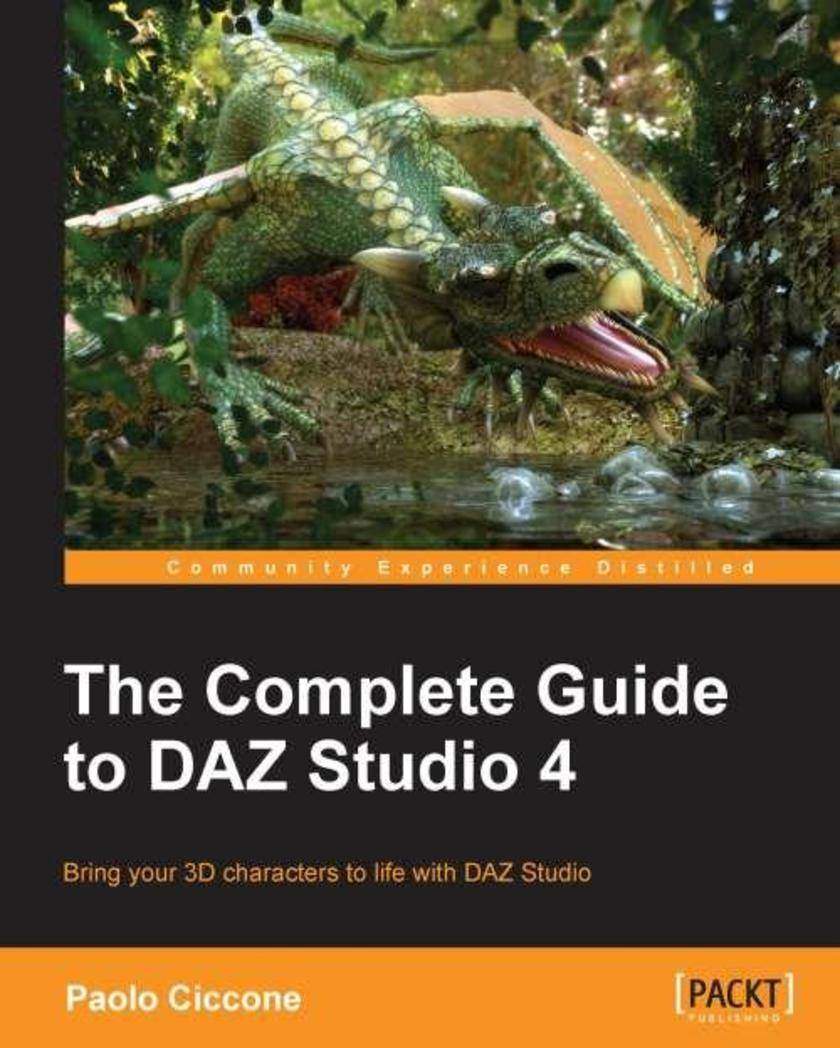
The Complete Guide to DAZ Studio 4
¥80.65
The book builds up a complete project from scratch and demonstrates the power of DAZ to create life-like characters. The book is replete with detailed examples and instructions on creating a tailor-made marvel out of scratch.This book can be used by anybody who has DAZ Studio 4, regardless of their level of familiarity with the program or the concepts of 3D art.

Blender Cycles: Materials and Textures Cookbook - Third Edition
¥90.46
This book is aimed at those familiar with the basics of Blender, looking to delve into the depths of the Cycles rendering engine to create an array of breath-taking materials and textures.

Mastering Lumion 3D
¥80.65
This book is designed for all levels of Lumion users; from beginner to advanced, you will find useful insights and professional techniques to improve and develop your skills in order to fully control and master Lumion.
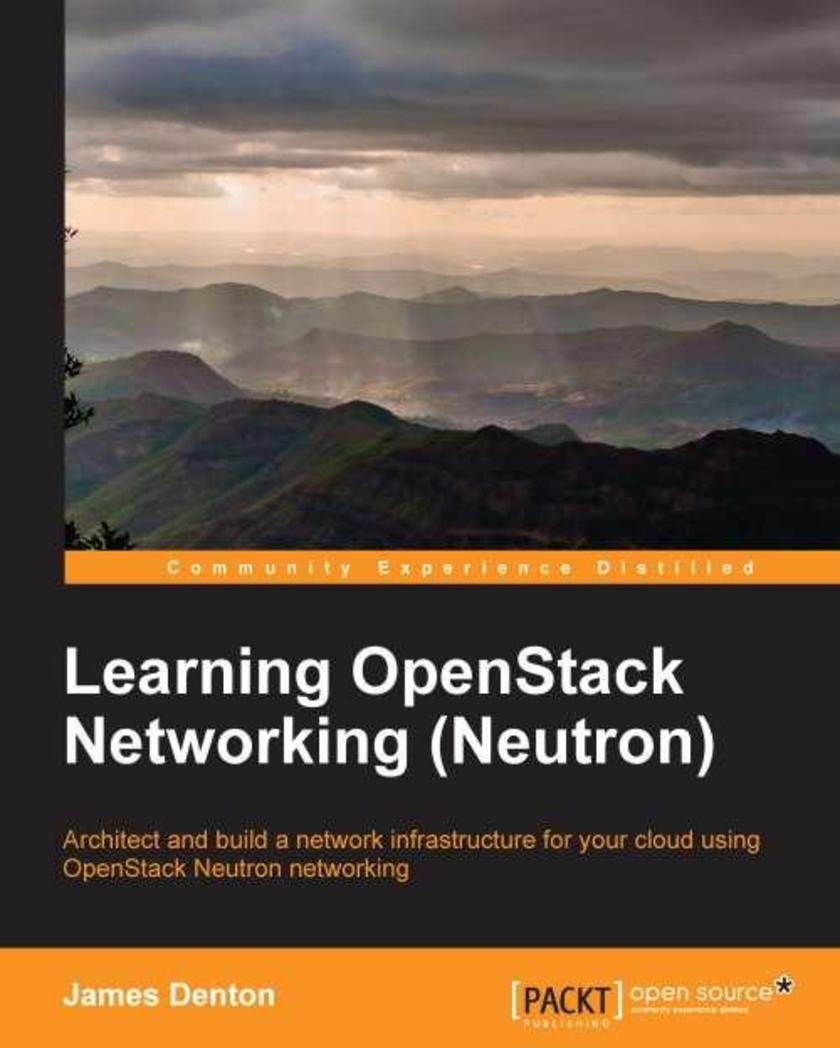
Learning OpenStack,Networking (Neutron)
¥80.65
If you are an OpenStack-based cloud operator with experience in OpenStack Compute and nova-network but are new to Neutron networking, then this book is for you. Some networking experience is recommended, and a physical network infrastructure is required to provide connectivity to instances and other network resources configured in the book.
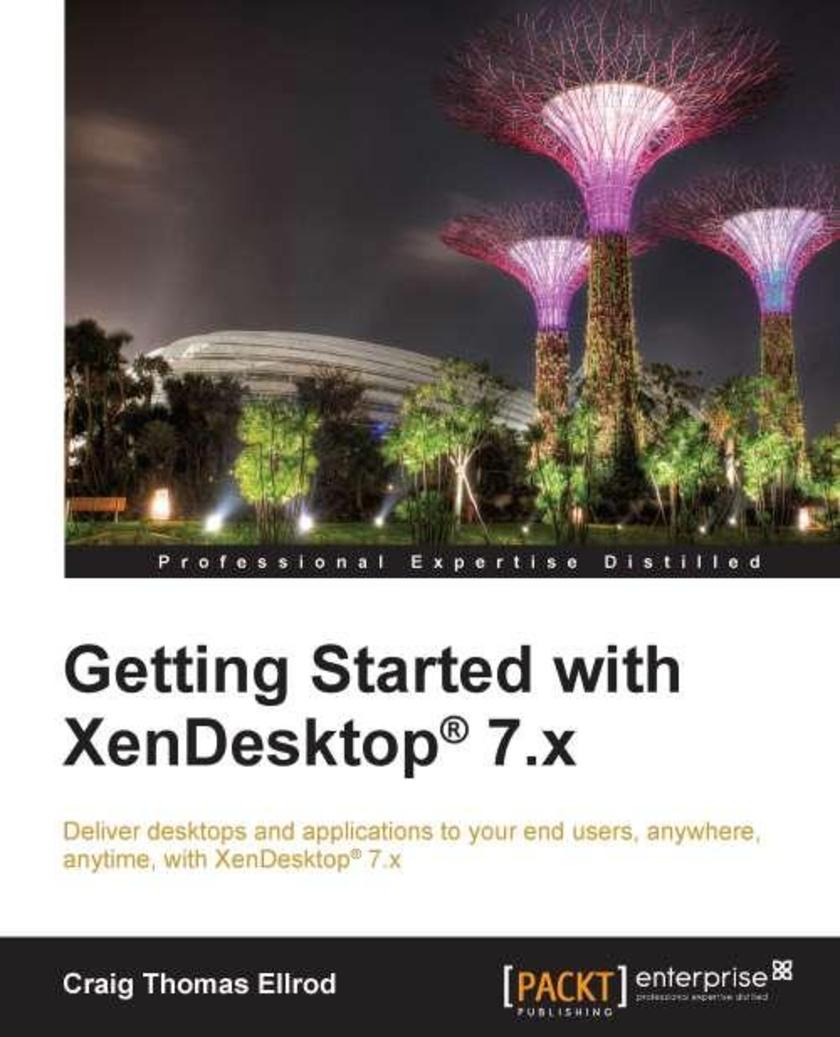
Getting Started with XenDesktop 7.x
¥99.18
This is a stepbystep, taskbased, practical guide to learning and getting your basic XenDesktop 7.x site up and running. It is fast, easy, and makes learning desktop and application virtualization simple. If you are a system administrator, consultant, or beginner who wants to implement and administer Citrix XenDesktop sites, then this book is for you. Familiarity with virtualization of desktops and applications and datacenter concepts will be helpful. The ability to read network diagrams and understand servers, data flow, clients, devices, and the interworking of these pieces will be beneficial.
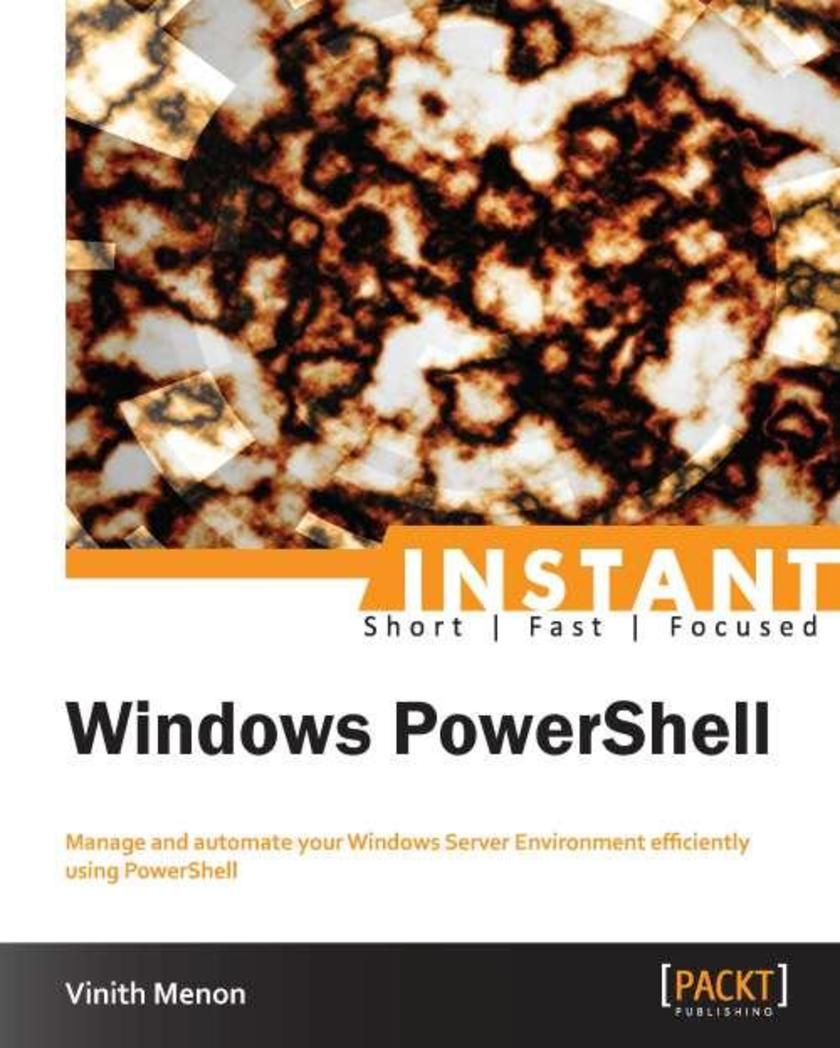
Instant Windows PowerShell
¥50.13
Get to grips with a new technology, understand what it is and what it can do for you, and then get to work with the most important features and tasks. A practical, hands-on tutorial approach that explores the concepts of PowerShell in a friendly manner, taking an adhoc approach to each topic.If you are an administrator who is new to PowerShell or are looking to get a good grounding in these new features, this book is ideal for you. It’s assumed that you will have some experience in PowerShell and Windows Server, as well being familiar with the PowerShell command-line.
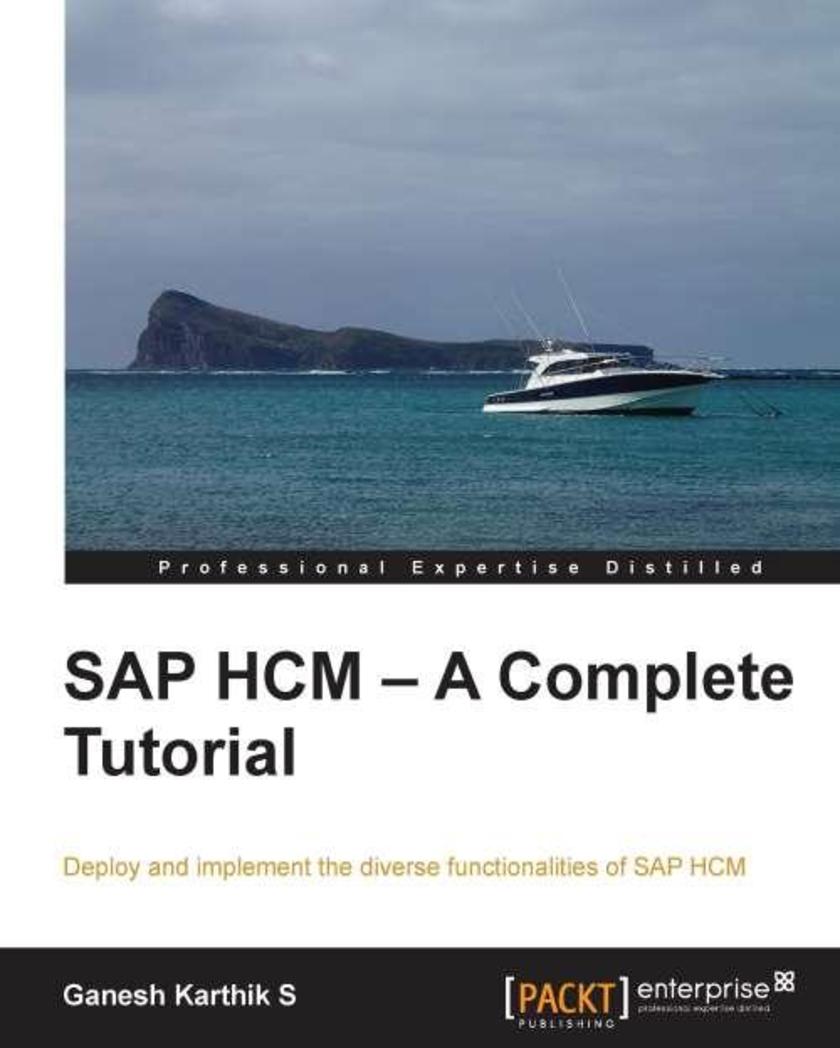
SAP HCM – A Complete Tutorial
¥107.90
This book is a simple tutorial guide with practical issues and their solutions, aimed at enabling readers to implement the various features of the SAP HCM module. If you are familiar with ERP products, and would like to leverage knowledge and fine-tune your configuration skills, then this book is for you. This book is aimed at readers who want to learn about SAP HCM and its most popular functionalities.

Getting Started with Microsoft Lync Server 2013
¥54.49
This book has a practical approach with a lot of step-by-step guides and explanations as to where and why we’re doing the various operations.Getting Started with Microsoft Lync Server 2013 is a starting point for system administrators, IT pros, unified communication technicians, and decision makers in companies or in the consultancy business. For people who have never managed Lync (or a U.C. product), the book will guide you through the basic concepts and mistakes. If you are already managing a Lync deployment you will find important explanations and ideas put together in a single text. If your work requires evaluating a Lync project this book offers parameters and suggestions to plan a project to deliver the best results.




 购物车
购物车 个人中心
个人中心



